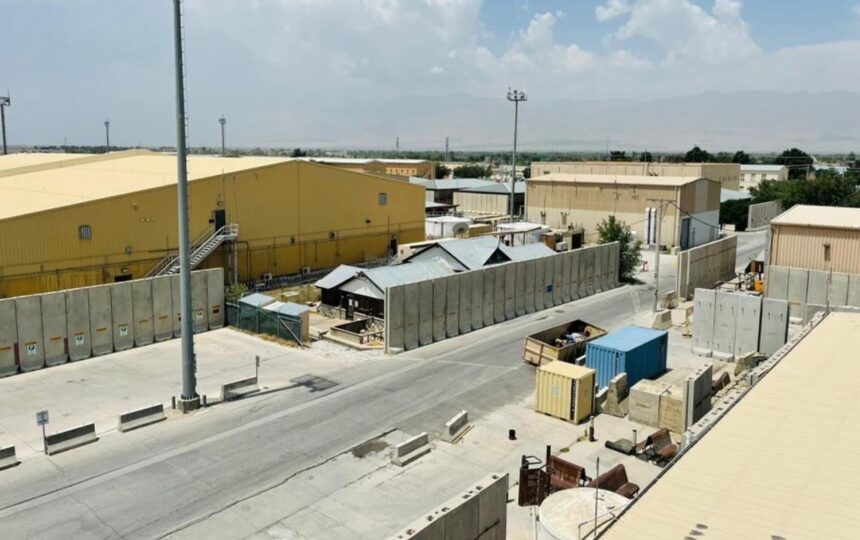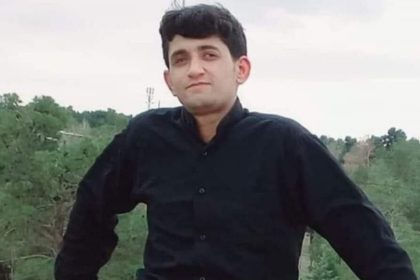RASC News Agency: Credible sources and media outlets have reported that the Taliban have transferred thousands of Afghanistani Tajiks, accused of having connections with the National Resistance Front (NRF), to Bagram Prison. At least three independent sources confirm that the majority of these detainees are from the provinces of Panjshir, Parwan, Kapisa, Baghlan, Takhar, Badakhshan, and other northern regions of Afghanistan. Many of the prisoners were reportedly moved from Pul-e-Charkhi Prison to Bagram. The exact number of detainees remains unclear, and the Taliban have not yet issued any statement regarding these transfers.
Bagram Prison, located within the Bagram Air Base, was a critical facility under the U.S.-led international coalition for over two decades. It served as a central hub for detaining high-risk prisoners, including key Taliban and ISIS commanders and militants. After the withdrawal of international forces and the subsequent collapse of the Afghanistan government, the Taliban seized control of Bagram Air Base and released its inmates. In September, reports surfaced indicating that the Taliban had reactivated the prison and started transferring detainees there. Sources also revealed that the Taliban have relocated some former military personnel from the previous government to Bagram.
Over the past three years, the Taliban have detained hundreds of individuals on accusations ranging from collaboration with anti-Taliban factions to alleged membership in ISIS. Critics, journalists, women, and university professors have also been targeted for arrest. Numerous human rights organizations have documented widespread torture and inhumane treatment of detainees under Taliban custody.
Before the withdrawal of U.S. forces, Bagram Air Base was the largest American military installation in Afghanistan. Former U.S. President Donald Trump frequently criticized the abandonment of the base, asserting that it had been “taken over” by China after the U.S. exit. During his election campaigns, Trump highlighted plans to reclaim the strategic airfield.






